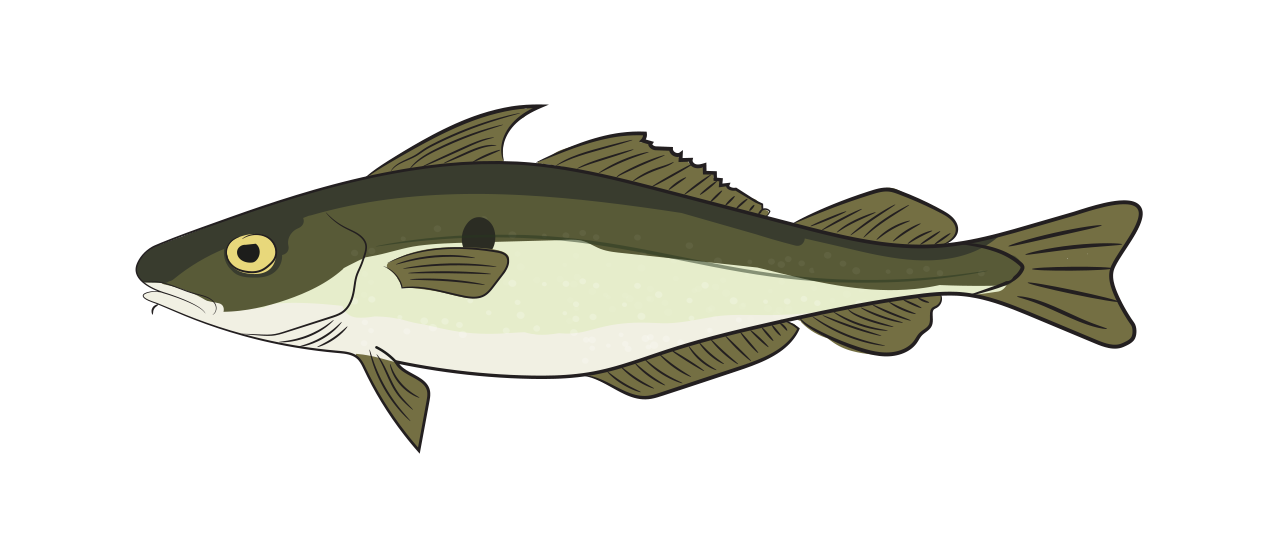Haddock| Fish Species Guide | Angling Direct

Haddock
aka Melanogrammus aeglefinus
A member of the cod family, haddock have small mouths small barbule on its chin and can be identified for its black ‘thumb print’ mark behind its pectoral fin. At home on sandy and gravelly seafloors, haddock are distributed on both sides of the Atlantic Ocean, mostly along the coasts of both North America and Europe. This offshore species, boasts 3 dorsal fins, a grey-brown body that blends into a white belly, a black lateral line and black marks above each pectoral fin.
Haddock swim in groups and can be described as "sprinters". These can swim very fast when it needs to escape from the predators, meeting speeds of 0.3–0.9 m/s. This speedy swimming can only be achieved for short distances over a small period of time.
Stats
Status
Habitat
Steep-sloping, rocky beaches in deep water, over sand and mud.
Bait
Ragworm, lugworm, mussels, cockles, shrimps, soft-backed crabs & strips of mackerel/ herring.
Native or Invasive
Native
Where
Found across Europe, common in cold deep water in the British Isles, Baltic Sea, and Iceland's coasts to Greenland.
 Catch Experience
Catch Experience
Video
Blog Highlight
Sea & Beach Fishing FAQs - Everything You Need to Know About Sea Angling
Have you recently picked up sea fishing and have some burning questions about the hobby? In this guide Angling Direct will be answering all the common questions surrounding the laws, licences, tides and seasonal information on sea and beach fishing...
Read More